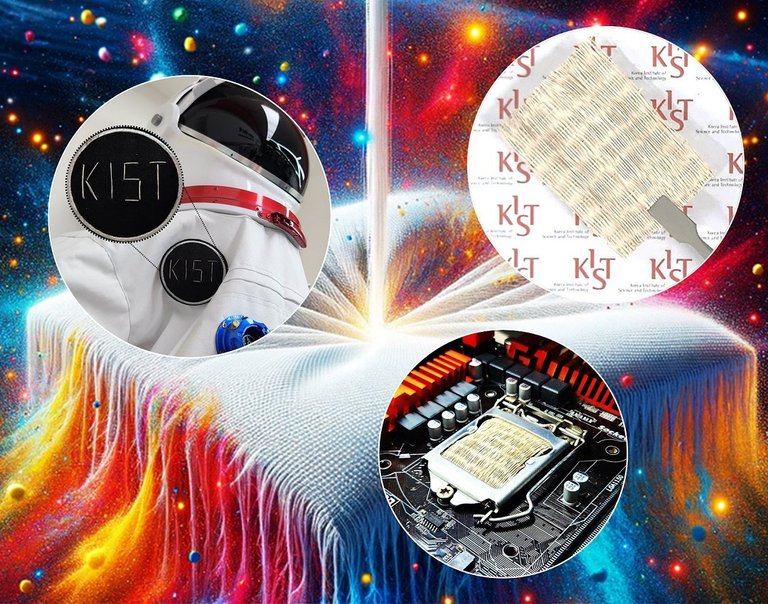Technology
Nanotube suit will protect astronauts against cosmic radiation
With the revival of the space race and the recent record number of people in space - 19 were simultaneously in Earth's orbit on September 11th - concerns about the health of astronauts are also growing.

Although the risks are many and varied, Ki-Hyun Ryu and colleagues at the South Korea Institute of Science and Technology (KIST) were concerned about space radiation because, in addition to affecting living things, it also affects the health of spacecraft.
Ryu developed a new composite fiber that managed to effectively block neutrons in space radiation - neutrons negatively affect the biology of living things and cause electronic equipment to malfunction, posing a major threat to long-term space missions.
The composite is the result of a mixture of boron nitride nanotubes (BNNTs) and aramid polymers. Like carbon, boron can also form monoatomic sheets, like graphene - properly rolled up, these sheets give rise to boron nanotubes. Aramid, in turn, is a class of polymers to which very resistant materials belong, such as the well-known Kevlar®.
By controlling the interaction between the two one-dimensional nanomaterials, the team developed a technique to seamlessly mix the two. Based on this stabilized mixed solution, they produced lightweight, flexible and continuous fibers that do not burn at temperatures up to 500 °C.
Boron nanotubes have a similar structure to carbon nanotubes, but because they contain a large number of boron in the lattice structure, their neutron absorption capacity is about 200,000 times greater than that of their carbon cousins.
The idea is that these composite fibers are transformed into fabrics of the appropriate shape and size for use in clothing and spacecraft coverings, effectively blocking the transmission of neutron radiation.
Furthermore, the ceramic nature of boron nanotubes makes them highly resistant to heat, so they can be used in extreme environments such as defense and firefighting, and not just for space applications. In addition to firefighters, healthcare professionals and power plant workers are often exposed to this type of radiation.
These fabrics can also be applied directly to electronic components, such as processors and other integrated circuits of satellites, space probes and other unmanned spacecraft.